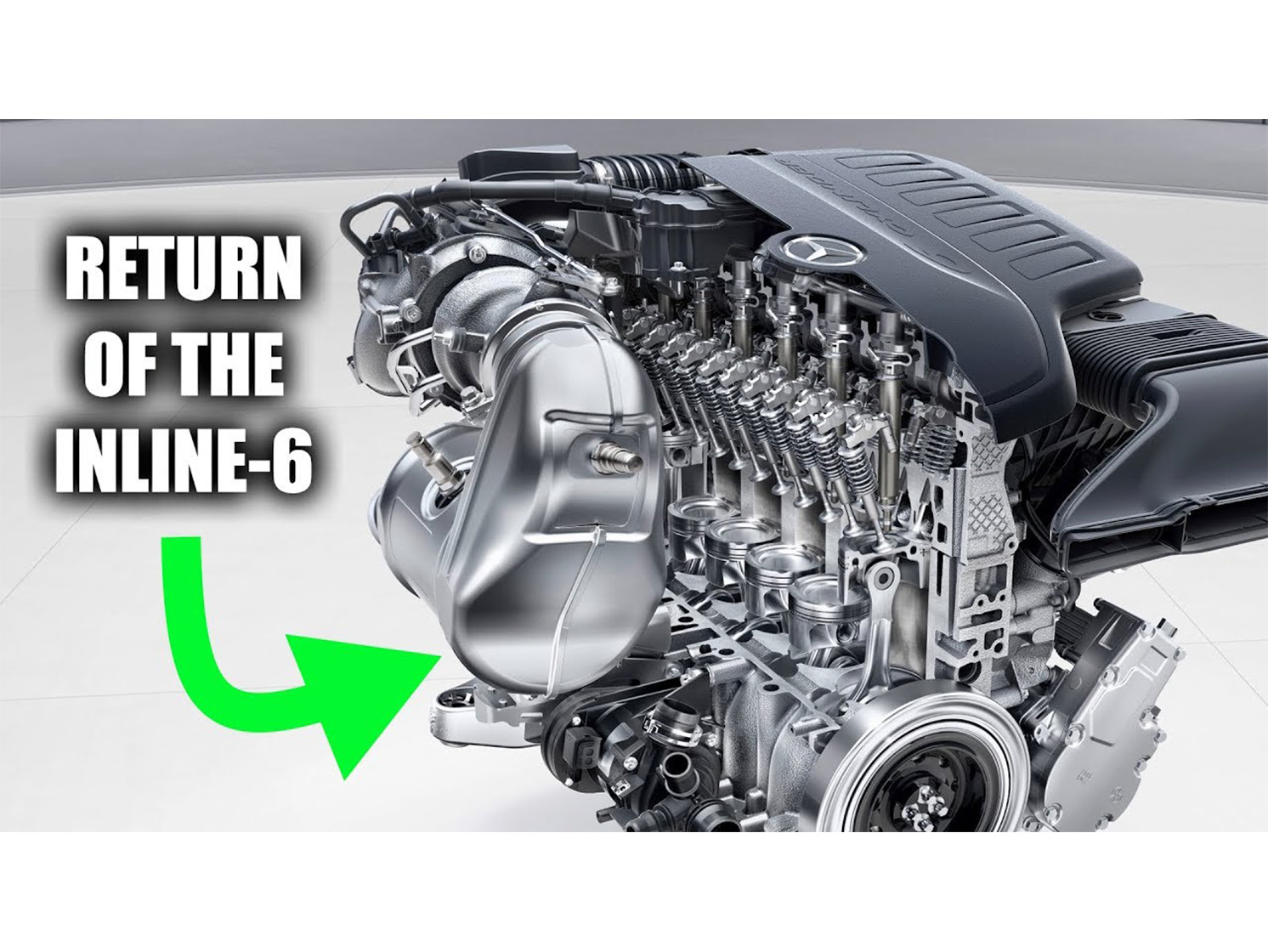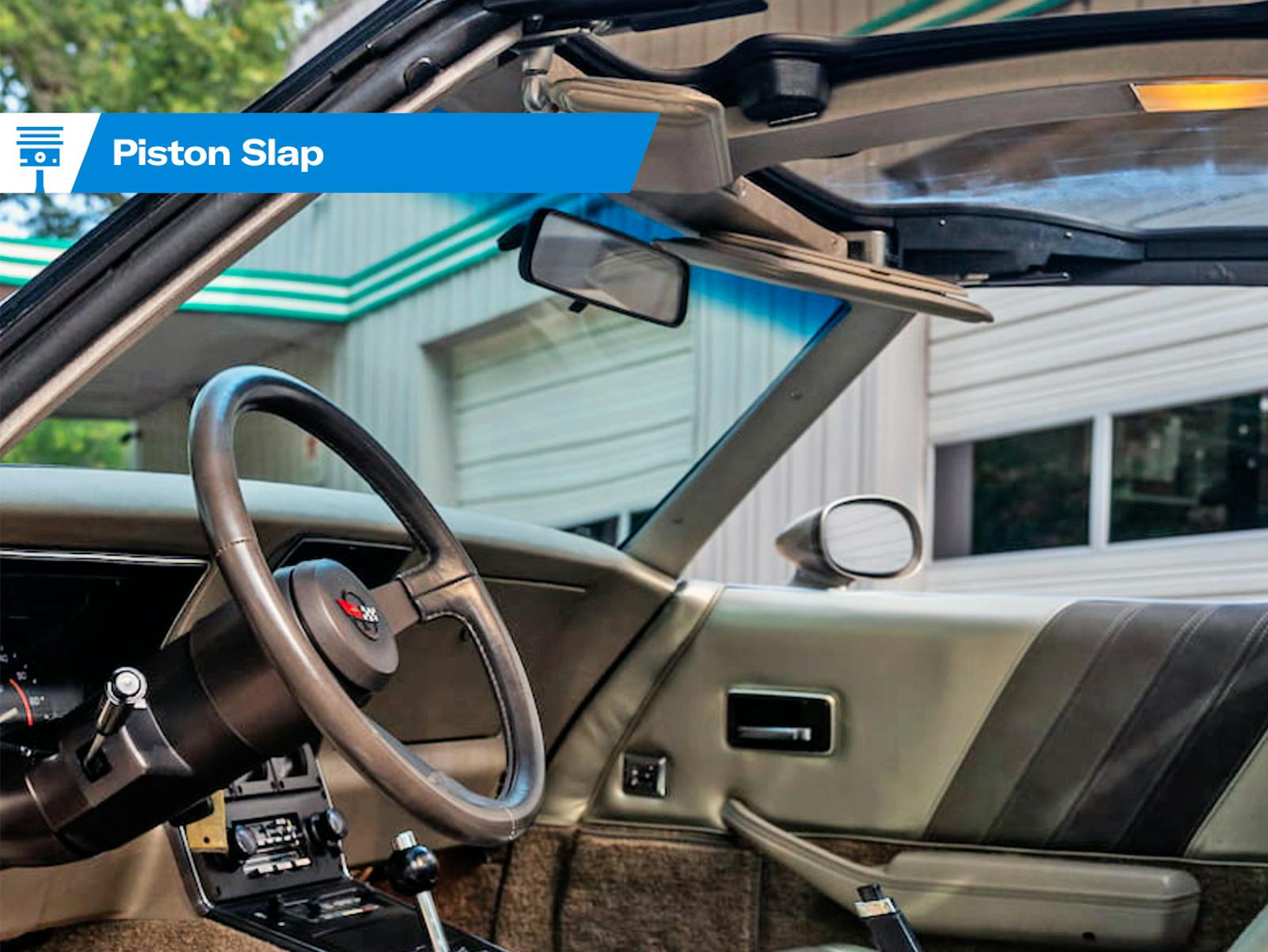Engineering Explained: how the inline-six is making a comeback
Jason Fenske’s Engineering Explained YouTube channel is filled with must-watch videos covering all aspects of automobiles. From McLaren aerodynamics to the mechanics of a catch can, Jason breaks down the how and why behind vehicle construction, along with the science that explains it all. In the latest EE video, Jason proves what we all sort of knew in our hearts all along, that inline-six engines are a better choice than V-6s, and they have a budding future in modern vehicles.
Inline-sixes are well-known for their balance and simplicity. For example, they use a single cylinder head and set of valvetrain components, unlike an overhead cam V-engine that would require two sets of camshafts. They also enable efficient emissions system placement and turbocharger mounting. The design has been a BMW staple for decades and they’re spreading across the industry. Jaguar Land Rover is bringing them back, and Chrysler is rumored to be developing one, as well. Its only real drawback is its length, which often makes engine bay packaging difficult regardless of orientation.
Fenske uses the Mercedes M256 engine to highlight the benefits of inline-six power in an era when lots of manufacturers are ditching V-8s for boosted four-cylinders. Using a similar architecture as a widely used inline-four but with two additional cylinders, an inline-six can make for a viable V-8 replacement with little extra investment.
Mercedes has a couple methods to deal with the inline-six’s difficult-to-package length. One solution, shorter bore spacing, is simple, while the other is more novel. A compact starter/alternator, which Mercedes calls ISG, is mounted at the rear of the crank where a torque converter might normally be found. It is responsible for starting the engine and generating power, but it also boosts the engine’s low-speed output. The 48-volt system also powers an electric water pump and air conditioning compressor, eliminating all of the accessories normally found at the front of the engine and making it shorter overall.
If the future of automobiles, at least the near future, comes powered by efficient boosted inline-six engines, we’re ready for it.


